
SAS' Bahar Biller reveals how simulations enable KPI generation, risk quantification, risk management and more.

SAS' Bahar Biller reveals how simulations enable KPI generation, risk quantification, risk management and more.

COVID-related lockdowns around the world resulted in changes to the way that we work, study and live. Some of these changes were positive: better access to remote learning and working for those who want it, for example. However, there were other less positive developments, including a huge rise in cybercrime.

In this third article, we will introduce an alternative approach that surfaces the CMS-HCC Risk Adjustment Model execution through SASPy integration to a Flask application. We will demonstrate how this integration allows a user to score an individual patient/member on-demand, using inputs to an interactive web form to execute the model score code, surfacing the resulting score to the user.
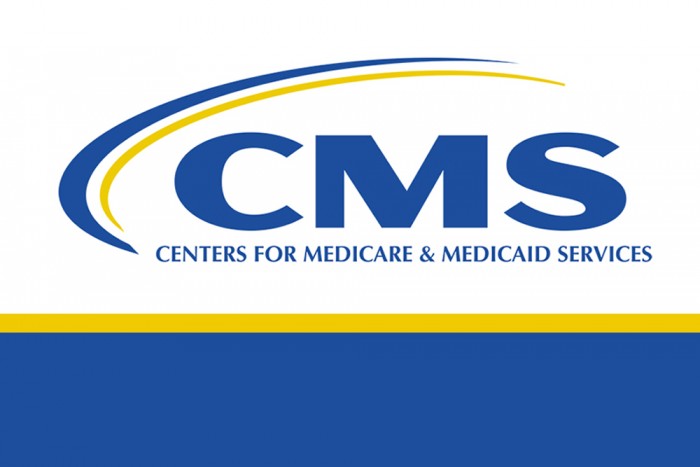
The CMS-HCC Risk Adjustment models are used to reimburse Medicare Advantage plans based on the health status of the plans’ members. CMS-HCC Risk Adjustment is the practice of assigning a risk score based on demographics and diagnoses to an individual beneficiary of Medicare for the purpose of calculating an expected cost of care, relative to the average beneficiary. Accurate risk adjustment requires an accurate diagnostic profile of an individual on an annual basis, documenting diagnoses via submitted claims or within a provider's medical record.

Within both the business world and our personal lives, data is becoming increasingly intrinsic to everything we do. Whether it’s picking which restaurant to order from, a tailored advert or figuring out the quickest route home, data is a part of our everyday decision making. For businesses, the value of

One of the lesser-known effects of COVID-19 has been on analytical risk models. Around the world, the pandemic has created a new reality. The situation became so unpredictable that financial institutions’ risk models lost their ability to make accurate predictions. Past performance, it turned out, was very definitely not a

Our key workers deserve more than just a round of applause — so why do we still expect the people who have the least to pay the most for banking services? To most people, social justice and the banking sector probably seem like strange bedfellows. Over the past couple of

In 2020 alone, the global losses from natural disasters amounted to a staggering US$210 billion! This is just short of the 2020 GDP of Portugal, or a little more than twice the market cap of HSBC, Europe’s largest bank. The causes of these huge losses include drought-fuelled wildfires, severe floods

I’ve never seen so much evidence from within the insurance industry that we’re on the cusp of a fundamental change. Given the disruption we’ve witnessed over the last 12 months, and the level of uncertainty that persists, it’s very difficult to generalise and predict how the industry will change as
코로나19가 광범위하게 확산되면서 생산활동 중단, 소비 감소, 교역 감소 등 세계 경제에 심각한 타격이 이어지고 있습니다. 이 충격파를 최대한 완화하기 위해 각국 정부는 다양한 재정적 지원을 투입하고 있습니다. 그럼에도 대부분의 기업과 개인은 코로나19로 경제적 어려움을 겪고 있으며, 이로 인해 은행에서는 다음과 같은 과제에 직면하고 있습니다. 여신관리 코로나19의 영향을 가장 크고
전 세계 모든 기업이 코로나19에 과감히 맞서고 있습니다. 불안과 불확실성이 있지만 현행 지표가 믿을 만하다면 금융 서비스 산업은 지금의 어려움을 이겨내고 더 강력하고 현명하게 변화된 모습으로 복귀할 것입니다. 이번 SGF 시리즈에서는 회복기 거시경제 시나리오와 은행, 보험사의 회복을 지원하는 리스크 모델링, 사기 방지 등 분석 전략을 소개합니다. 회복기 거시 경제 시나리오
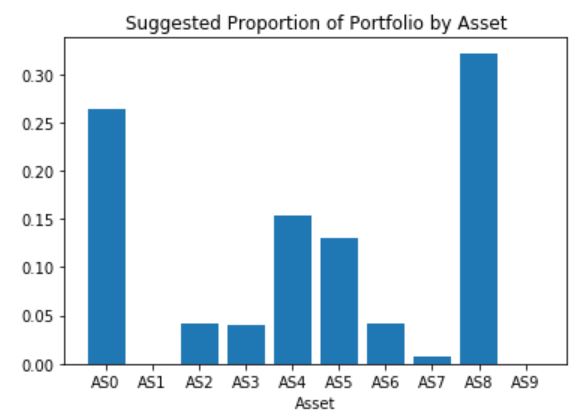
We will use prescriptive analytics and optimization to select a stock portfolio that maximizes returns while taking risk tolerance into account.

Oggi i modelli di business nel settore bancario stanno cambiando: i modelli di internal rating sono stati a lungo sotto i riflettori, ma nuove tecniche di modellazione stanno già prendendo piede. Machine Learning e Intelligenza Artificiale sono nuovi elementi chiave che si aggiungono alle tecniche tradizionali per lo sviluppo dei

“Lo que sabemos es una gota de agua; lo que ignoramos es el océano”

“Los seguros no se piensan… se toman, porque los siniestros no se planean... llegan” Hoy nos sumergiremos en la actividad aseguradora, pero no sin antes mencionar que en el mundo de los sommelier se comenta, con humor, que los seguros son como el vino… si usted no nota la diferencia

En mi opinión, sommelier no es un título, es un oficio. No se aprende, se vive... Un sommelier es un experto en vinos, él conoce de variedades y sabe cuál se adapta a cada menú. A lo largo del tiempo el concepto de sommelier evolucionó y se aplica a otros

Para gestionar apropiadamente una cartera de créditos y realizar una colocación adecuada de los recursos, las entidades financieras se ven en la necesidad de medir correctamente el riesgo de crédito. Particularmente en Argentina, la comunicación “A” 5398 del Banco Central de la República Argentina establece los lineamientos para la gestión

SAS Expected Credit Loss es la plataforma integral y modular de SAS que permite atender los requerimientos de IFRS 9: desde la gestión de datos, el modelado y la estimación del deterioro hasta la previsión, la contabilidad y la generación de informes. Adicionalmente, ayuda a las organizaciones a implementar una

EBA-Stresstest, TRIM-Initiative – es gibt 2018 mehr denn je dringende Gründe für die Banken, sich konsequent datenorientiert und analytisch aufzustellen und so vom Gejagten der Aufsicht zum Jäger nach mehr Wertschöpfung zu werden. Alle Banken wissen das. Die schlechte Nachricht: Die wenigsten Institute widmen sich diesem Thema ohne Wenn und

Regulierung, Kostendruck und technologische Weiterentwicklung – ist abwarten und Tee trinken die bessere Strategie für die Banken, als die Ärmel hochzukrempeln und loszulegen, nur, weil die Regulierung mal wieder hustet? Wie gehen Institute mit den immerwährenden neuen Regulierungen um? Wie sieht es in der Praxis aus, sind Basel, IFRS oder
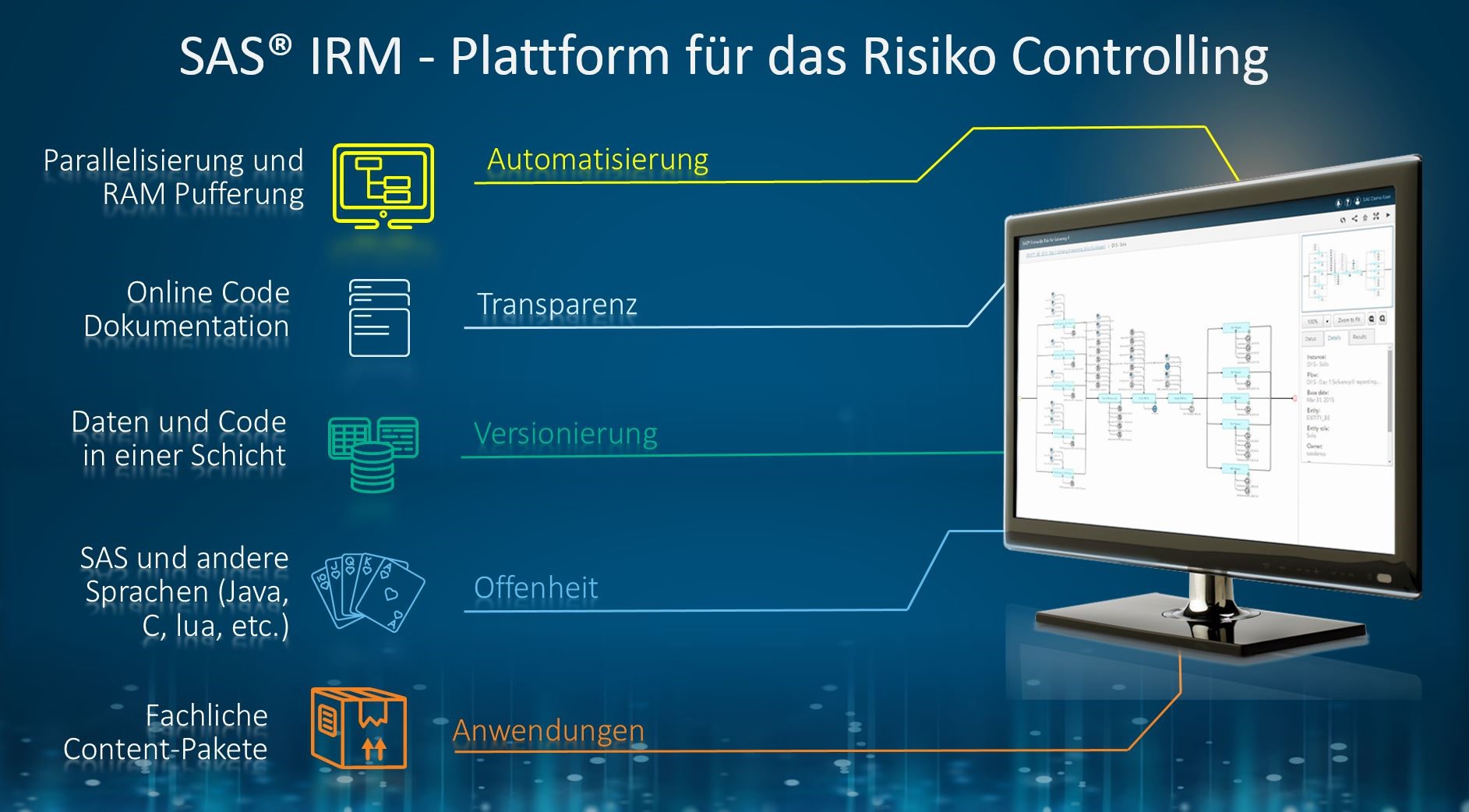
Wenn es darum geht, mit Daten zu arbeiten, dann ist der klassische SAS Datastep eines der wirksamsten Werkzeuge, das uns zur Verfügung steht. Es ist sehr einfach, mithilfe von Datenauswahl, Formeln und Bedingungen im Datastep sowie in spezifischen SAS Prozeduren zu Ergebnissen zu kommen. Hieraus sind in der Praxis umfangreiche

Artificial intelligence. Big data. Cognitive computing. These buzzwords are the ABCs of today’s marketplace. In a recent interview at SAS® Global Forum, I discussed the unprecedented pace of change that we’re seeing in the market. It’s creating what I like to call an analytics economy. In this economy, analytics –

Manchmal ist abwarten und Tee trinken zwar genau die richtige Strategie, aber nicht in Sachen IFRS 17. Hier können und dürfen sich die Versicherer eine solche Haltung nicht mehr leisten. Warum nicht? Weil die Aufsicht spätestens 2021 viele neue Regularien umgesetzt sehen will. Und die sind sehr komplex in ihren operativen

Dentro de toda compañía la búsqueda del éxito es una constante, sin embargo, para alcanzarlo el primer paso es minimizar y de ser posible desaparecer todos los factores de riesgo que puedan ponerlo en peligro, por ejemplo, el fraude. Diversos son los factores que pueden dar paso a la presencia

Versicherungen stehen massiv unter Druck. Negative Zinsen und ein hoher regulatorischer Druck führen auch nicht gerade zu Euphorie (versicherungswirtschaft-heute.de). Die Branche klagt, all das sei operativ gar nicht zu schaffen. Was tun? Niedrigzinsumfeld ändern? Geht nicht. Regulatorik beeinflussen? Geht nur partiell. Also bleibt nur, an Effizienz und Automatisierung von Prozessen

Formulare sind fester Bestandteil unseres Alltags. Bereits bei der Geburt werden wir datums-, geschlechts-, gewichts- und größentechnisch erfasst – sei es auf Papier oder elektronisch. Und das zieht sich durch unser ganzes weiteres Leben. Für unsere Kinder müssen wir Formulare zur Aufnahme im Kindergarten, in der Grundschule oder in der
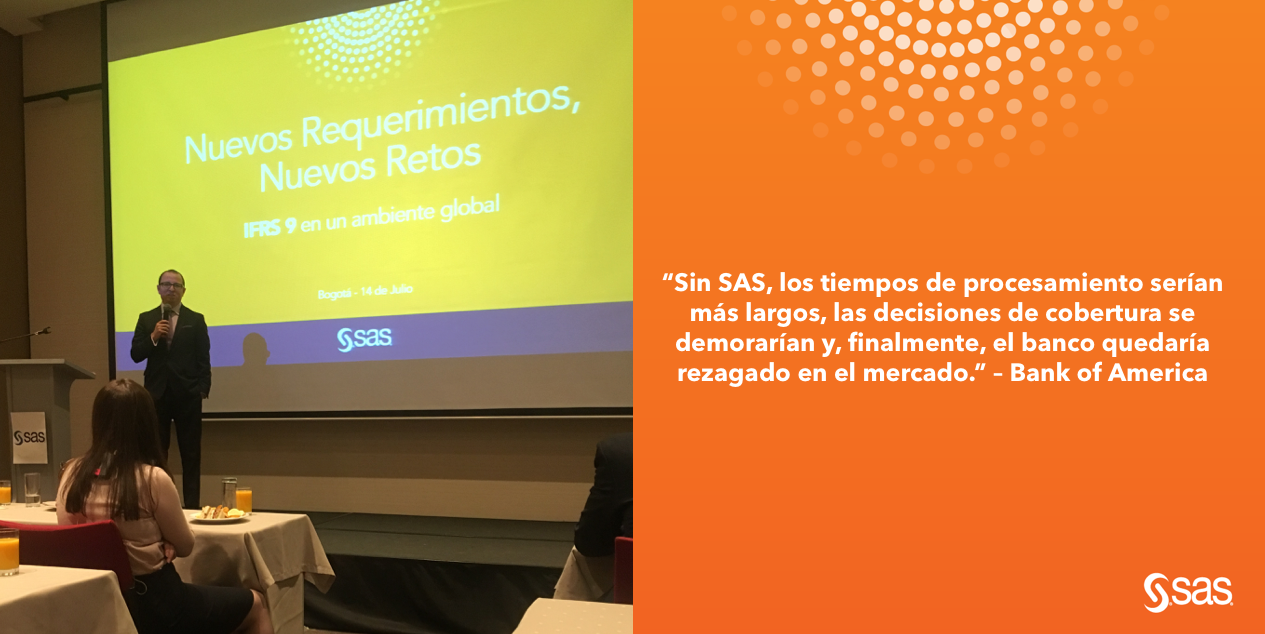
“Los que busquen saber cuándo podría darse la próxima crisis financiera deberían ponerse un recordatorio para el 1 de enero de 2018”. Así empieza un artículo elaborado por la agencia de noticias Bloomberg y publicado este año en Portafolio. El texto busca llamar la atención en torno a la importancia

Más allá de entender el riesgo como un potencial de pérdida, su definición varía ampliamente dependiendo de la industria y de muchos otros factores. Sin embargo, lo que sí es un común denominador es la necesidad de captar cómo se pueden identificar y aprovechar las oportunidades sin poner en riesgo
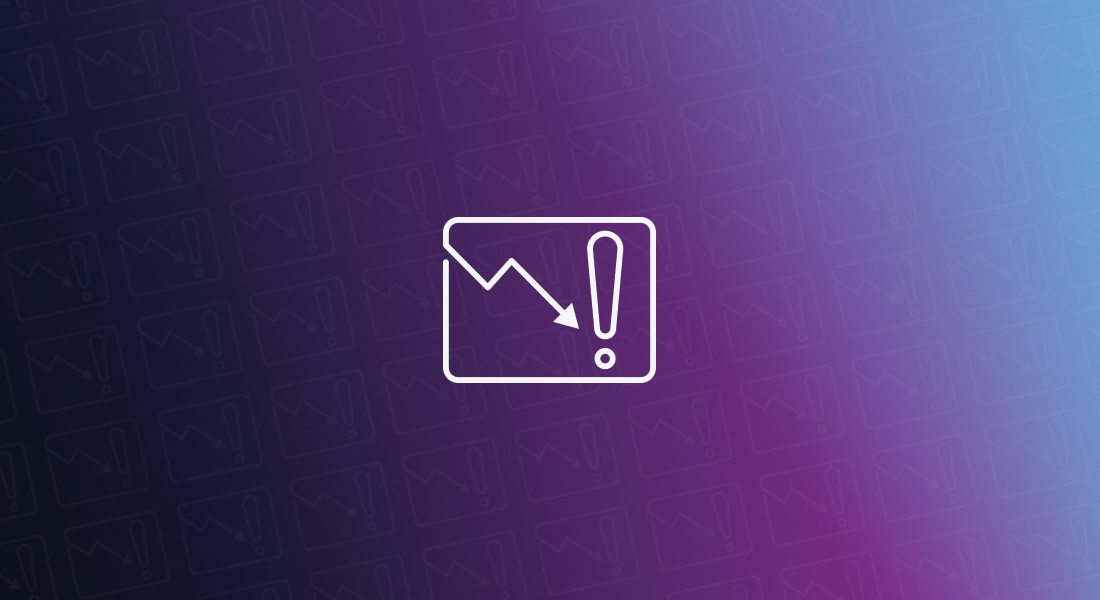
This is the first out of a series of two blog articles in which I will attempt to discuss the importance of the execution of the principles of the BCBS 239 in the Banks. I feel that a Bank’s risk management department is like a radar on a ship. It
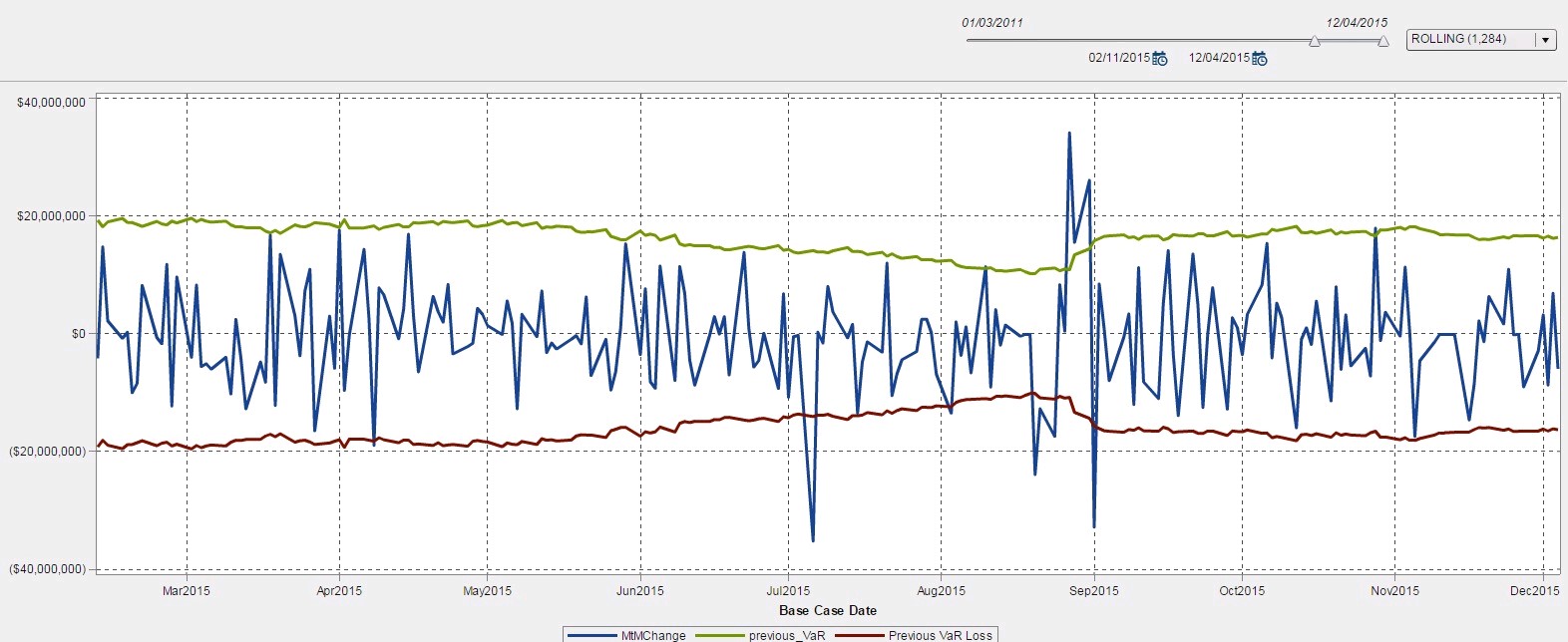
Year-end outlooks from most analysts project the low-price environment in the oil market will continue for most of next year, but some pundits emphasize that the market has bottomed out and suggest recovery, though gradual, may be seen if increasing demand outpaces supply growth and sops up some of the